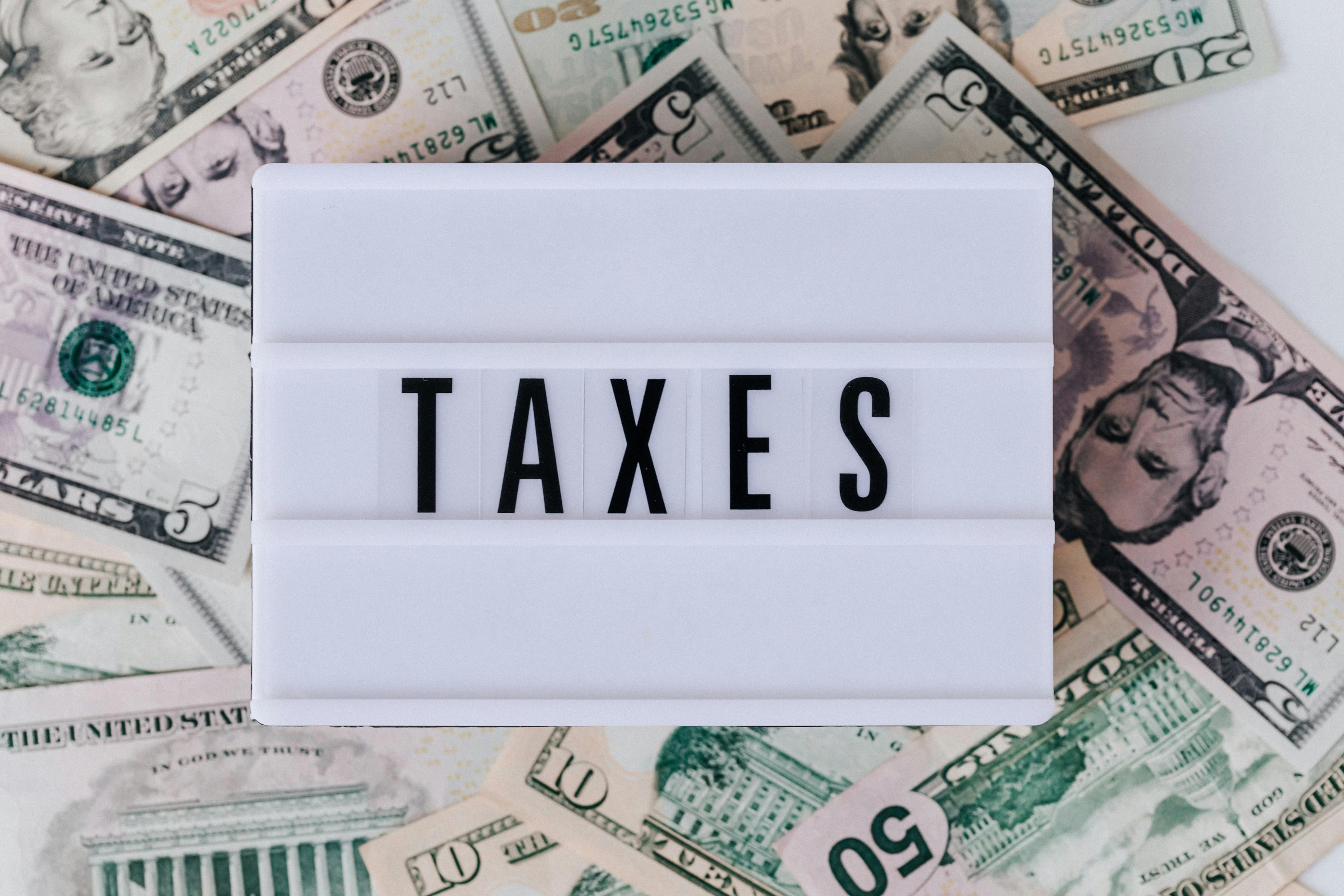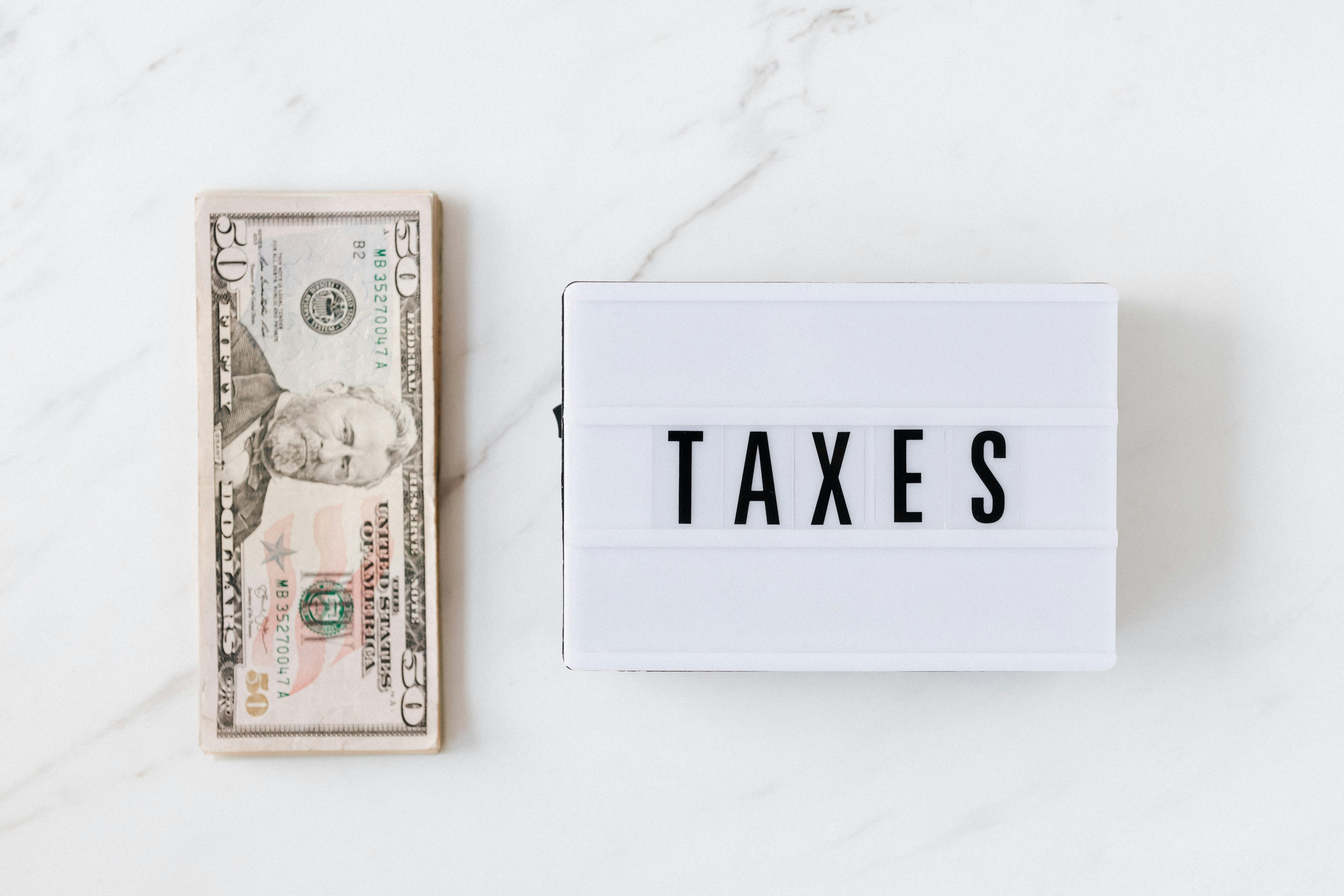Tax-free investments allow your money to grow without being subject to federal income taxes on the earnings. This can significantly enhance your returns over time, making it a powerful tool in wealth-building strategies.
Introducing tax-free investments can also help in deferring or minimizing capital gains taxes, which are taxes on the profit from the sale of an asset. Understanding long-term versus short-term capital gains and their respective tax rates is essential for effective tax planning.
Maximizing tax efficiency is crucial for long-term financial growth. By minimizing the taxes you pay on your investments, you can keep more of your earnings working for you, leading to greater wealth accumulation over time.
In 2024, with ongoing economic fluctuations and potential changes in tax laws, tax-free investments have become even more relevant. For investors looking to protect and grow their wealth, understanding and utilizing tax-free options can be a strategic move to minimize tax liabilities and maximize growth potential.
What Are Tax-Free Investments?

Defining Tax-Free Investments
Tax-free investments are financial instruments where the income or gains generated are not subject to federal taxes on income or gains. These investments can be a powerful tool for maximizing returns, as they allow your earnings to grow without the burden of taxes.
Difference Between Tax-Free and Tax-Deferred Investments
While tax-free investments do not incur taxes on earnings at any point, tax-deferred investments postpone taxes until withdrawals are made. These withdrawals may incur capital gains taxes, depending on the nature of the investment and the holding period. Understanding this distinction is crucial for effective tax planning and optimizing your investment strategy.
Examples of Common Tax-Free Investment Vehicles
Common examples of tax-free investments include municipal bonds, Roth IRAs, and certain types of life insurance. Exchange-traded funds (ETFs) are another example of tax-efficient investment vehicles. These vehicles allow you to grow your wealth without worrying about paying taxes on the income generated. Mutual funds also offer tax benefits and can provide diversification for investors.
Benefits of Tax-Free Investments

Higher Net Returns with Tax-Free Income
One of the primary advantages of tax-free investments is that they are a key component of tax efficient investing, aimed at reducing tax liabilities to enhance overall investment returns. Without the need to pay taxes on earnings, you retain more of your investment income, which can significantly enhance your overall financial growth.
Impact on Retirement Planning
Tax-free investments can play a vital role in retirement planning by providing a source of income that doesn’t increase your tax burden. Roth 401(k) plans are another tax-free retirement option worth considering. This can be particularly beneficial in managing your taxable income during retirement, ensuring that more of your money stays in your pocket.
Potential for Compounding Growth Without Tax Drag
The ability to compound earnings without the drag of taxes is a significant benefit of tax-free investments. Tax exempt mutual funds, which hold municipal bonds, play a crucial role in compounding growth without tax drag. Over time, this can lead to substantially larger account balances, as the full amount of your earnings can be reinvested to generate even more growth.
Popular Tax-Free Investment Options

Municipal Bonds: Tax-Free Income for Investors
Municipal bonds are debt securities issued by states, cities, or other local government entities to fund public projects. High-income earners should consider the federal alternative minimum tax when investing in municipal bonds, as it can impact their overall tax liability. The interest earned on these bonds is typically exempt from federal income taxes and, in some cases, state and local taxes as well. While municipal bonds offer lower returns compared to other investments, their tax benefits make them an attractive option for high-income investors seeking stable, tax-free income.
Roth IRAs: Tax-Free Growth for Retirement
Roth IRAs are individual retirement accounts that allow your contributions to grow tax-free. With Roth IRAs, you won’t owe taxes on qualified withdrawals. Contributions are made with after-tax dollars, and qualified withdrawals, including earnings, are tax-free. With no required minimum distributions (RMDs) during the account holder’s lifetime, Roth IRAs offer flexibility in retirement planning. Contribution limits vary by income level, making them accessible to a wide range of investors.
Health Savings Accounts (HSAs): Triple Tax Benefits
Health Savings Accounts (HSAs) provide a unique opportunity to save for medical expenses with triple tax benefits: contributions are tax-deductible, earnings grow tax-free, and withdrawals used for qualified medical expenses are also tax-free. Additionally, HSAs can help reduce your overall tax liability. HSAs are available to individuals enrolled in high-deductible health plans (HDHPs) and offer a valuable way to manage healthcare costs while building tax-free savings.
529 College Savings Plans and Tax Exempt Mutual Funds: Tax-Free Education Funding
529 College Savings Plans are designed to help families save for education expenses with significant tax advantages. Contributions grow tax-free, and withdrawals used for qualified education expenses are also tax-free. Additionally, 529 plans can help avoid capital gains taxes on investment growth. These plans offer flexibility, as funds can be used for a wide range of educational needs, including tuition, books, and even K-12 schooling, making them a versatile option for long-term educational savings.
Life Insurance: Tax-Free Growth and Estate Planning
Certain types of life insurance, such as whole life and universal life policies, allow for tax-free growth of the cash value component. Similar to a tax exempt mutual fund, these policies offer tax benefits that can be advantageous for investors. The death benefit paid out to beneficiaries is generally tax-free, and policyholders can access the cash value through tax-free loans or withdrawals. Life insurance can be an effective tool in estate planning, helping to preserve wealth for future generations and provide liquidity when needed.
How to Maximize Your Tax-Free Investment Strategy

Diversification Across Tax-Free Accounts
Diversifying across different tax-free investment vehicles is key to optimizing your financial strategy. Exchange traded funds (ETFs) play a significant role in diversifying tax-free investments due to their liquidity, cost advantages, and tax efficiency. By spreading your investments among options like municipal bonds, Roth IRAs, HSAs, and 529 plans, you can reduce risk and increase the potential for tax-free growth across various financial goals.
Combining Tax-Free and Tax-Deferred Investments
Balancing tax-free and tax-deferred investments allows you to optimize tax efficiency both now and in the future. Mutual funds can play a crucial role in balancing these investments by offering tax-exempt options that provide diversification and tax benefits. While tax-free accounts offer immediate tax benefits, tax-deferred accounts can reduce current taxable income and provide tax-free growth. The combination of these strategies can help you build a more robust and tax-efficient portfolio.
Regular Contributions and Reinvestments: The Key to Consistent Growth
Consistency is crucial in maximizing the benefits of tax-free investments. Regular contributions and reinvestments help ensure that your accounts continue to grow, leveraging the power of compounding without the drag of taxes. Automating contributions can be an effective way to stay on track and reach your financial goals.
Potential Risks and Considerations

Market Risk, Interest Rate Risk, and Other Downsides
While tax-free investments offer significant benefits, they are not without risks. The potential impact of the federal alternative minimum tax on these investments should also be considered. Market risk, interest rate fluctuations, and the specific risks associated with each type of investment can impact your returns. It’s essential to consider these factors when building your tax-free investment strategy.
Impact of Changing Tax Laws
Tax laws are subject to change, which can affect the tax-free status of certain investments. Staying informed about changes in federal taxes and their impact on tax-free investments is crucial. Staying informed about potential legislative changes and adjusting your strategy accordingly is vital to protecting the tax advantages of your investments.
The Importance of Consulting a Financial Advisor
Given the complexities and potential risks associated with tax-free investments, consulting with a financial advisor or tax professional is highly recommended. A financial advisor can help manage your tax liability effectively. They can provide personalized advice, helping you navigate the nuances of tax laws and tailor your investment strategy to your unique financial situation.
Tax-Free vs. Tax-Deferred Investments: Which Is Right for You?
Comparing Tax-Free and Tax-Deferred Investments
Tax-free and tax-deferred investments each offer unique benefits and limitations. It is crucial to consider tax efficient investing when choosing between tax-free and tax-deferred options to enhance overall investment returns. Tax-free investments, such as Roth IRAs, provide the advantage of no taxes on earnings or withdrawals, which is ideal for long-term tax planning. On the other hand, tax-deferred accounts, like Traditional IRAs and 401(k)s, allow you to defer taxes until retirement, potentially lowering your taxable income in high-earning years.
Choosing the Right Investment Based on Financial Goals
When deciding between tax-free and tax-deferred investments, consider your financial goals, income level, and retirement timeline. For those expecting to be in a higher tax bracket in the future, Roth 401(k) plans can be particularly beneficial as they allow for tax-free withdrawals in retirement. Conversely, if you anticipate being in a lower tax bracket during retirement, tax-deferred accounts could provide more immediate tax relief and long-term growth potential.
Minimizing Your Taxable Income
Incorporating tax-free investments into your financial strategy can significantly enhance your long-term wealth by minimizing tax liabilities. Understanding when you might owe taxes is crucial for minimizing taxable income. These investments offer the potential for higher net returns, tax-efficient growth, and a more secure financial future.
Now is the time to evaluate your current portfolio and explore the benefits of tax-free investment options. By integrating these into your financial plan, you can optimize your returns and protect your wealth from unnecessary taxation.
For those looking to deepen their understanding or tailor a strategy to their specific needs, consider consulting with a financial advisor. They can provide personalized guidance on how to maximize the benefits of tax-free investments and help you achieve your financial goals.
FAQs About Tax-Free Investments
What Are the Best Tax-Free Investments for 2024?
The best tax-free investments for 2024 include municipal bonds, Roth IRAs, HSAs, and 529 College Savings Plans. Tax exempt mutual funds, which hold municipal bonds and offer tax benefits to investors, are also among the best tax-free investments for 2024. These options offer a range of benefits, from tax-free income to tax-efficient growth, making them excellent choices for different financial goals.
How Can I Start Investing in Tax-Free Options?
To start investing in tax-free options, assess your financial goals and risk tolerance, then choose the investment vehicles that align with your objectives. Opening accounts like Roth IRAs or HSAs can typically be done through financial institutions or employer-sponsored programs.
Are There Any Income Limits for Contributing to Tax-Free Investments?
Yes, some tax-free investments, like Roth IRAs, have income limits that determine eligibility for contributions. It’s essential to check the latest IRS guidelines or consult with a financial advisor to understand how these limits might affect your ability to contribute.
Can Tax-Free Investments Be Passed On to Heirs?
Many tax-free investments can be passed on to heirs with favorable tax treatment. For example, Roth IRAs and life insurance policies generally allow beneficiaries to receive funds without paying federal income taxes, making them valuable tools for estate planning.







